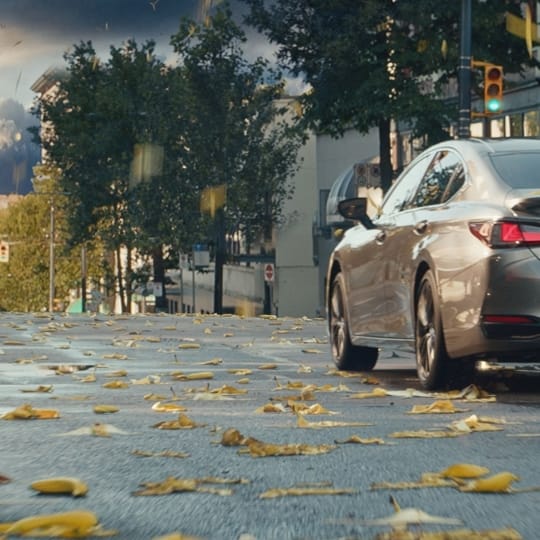Artjail’s Lexus spot features bendy fruit falling from the sky. Head of 3D Ross Denner tells us how V-Ray for Houdini was instrumental in this imaginative ad.
To demonstrate the all-wheel-drive abilities of Lexus’ ES Hybrid and Lexus ES F Sport AWD, ad agency Team One went bananas, with the yellow fruit’s comical slipperiness making it the perfect adversary for the Lexus’ all-wheel-drive system. But how, exactly, do you make it rain bananas?
Enter V-Ray for Houdini, the powerful renderer for SideFX’s software, and Artjail, the New York-based boutique visual effects studio with at its core. We spoke with Head of 3D, Ross Denner, about how he developed digital bananas for this surreal, eye-catching spot.
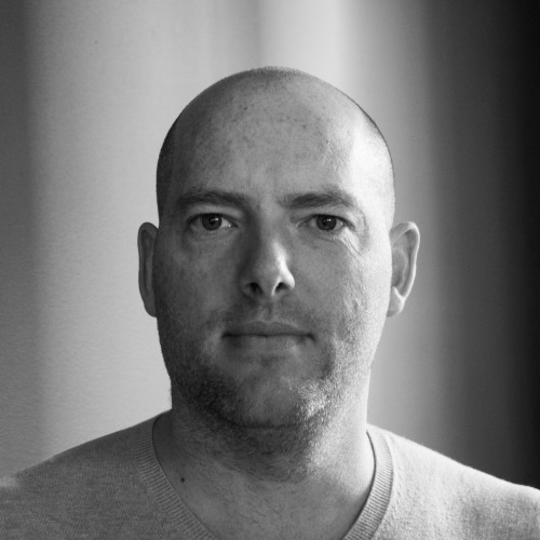
About Ross Denner
Ross has been in the industry for about 15 years, working mainly in commercials with a few TV and film jobs. He’s worked for The Mill in London, MPC, Method and Eight VFX in Los Angeles, and now Artjail, where he turned a freelance crew into a fully functioning and ever-growing CG department.
What do you like about your job?
Ross Denner: I can safely say I've been blessed with all the experiences I have had over my career. I've traveled the world, work with talented up-and-coming Directors and DPs along with famous and established ones. On top of this, I've worked with the world's elite athletes and Oscar-winning actors. Sometimes I have to pinch myself, considering I came from a small Westcountry village in England, and I get to make monsters and blow stuff up virtually for a living!
What have you worked on?
RD: Project wise it has been a huge mix of jobs. The one that is engraved in my mind would be Intel: What Lives Inside, a four-part episodic show on Hulu that advertised Dell and Intel products, directed by Robert Stromberg and shot by Rodrigo Prieto. This was when I was working at MPC LA, and we utilized teams in each MPC location around the world.
As a manager on the job, it was insane. I would have to deal with calls from London around 7 AM PST, then I would get to work at 9 AM and catch up with the NYC artists. I would do rounds/dailies, put out fires during the day, then get on the box and work from 4 pm to 7 pm and then jump on calls with India from 7 PM to 9 PM, get back on the box till 11 PM or midnight. That was my life for five months. As an artist and creative person, it was an amazing experience—but I'm sure it shaved years off my life!
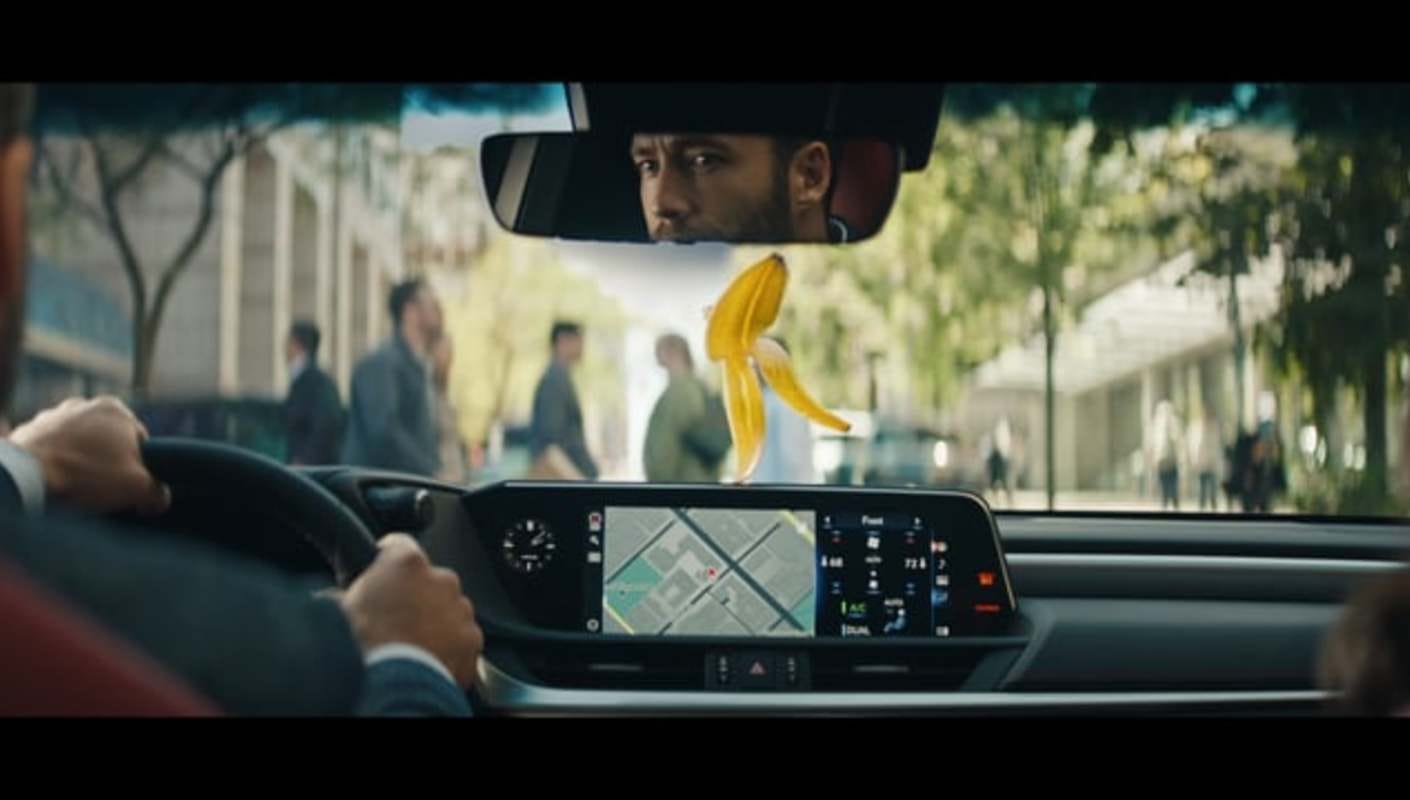

What makes Houdini great for work like the Lexus ad?
RD: We had to deal with thousands of interactive CG bananas, and Houdini is one of the best pieces of software for FX. It handles all the challenges and more that came up, making our workflow efficient and limiting many variables.
How did you plan and execute the bananas?
RD: We were lucky because the art department did tests with falling bananas which they shot for us to use as reference. We also made sure that the sets and streets were dressed with practical bananas where it made sense . . . and then on some shots we went full bananas! This gave us great in-camera reference for look, feel, and movement.
I went to a local store and bought, shot, and made photogrammetry of a bunch of bananas for us to make our CG versions. I also used our external tracking company to Lidar the streets and re-build this back in CG so that we could layout all the CG cameras in one world. When it came to shot excision, we chose certain hero shots that would dictate a sequence of similar shots and built templates in lighting and comp (Nuke and Flame); this then allowed us to concentrate on few shots but manage the workload and ensure consistency.
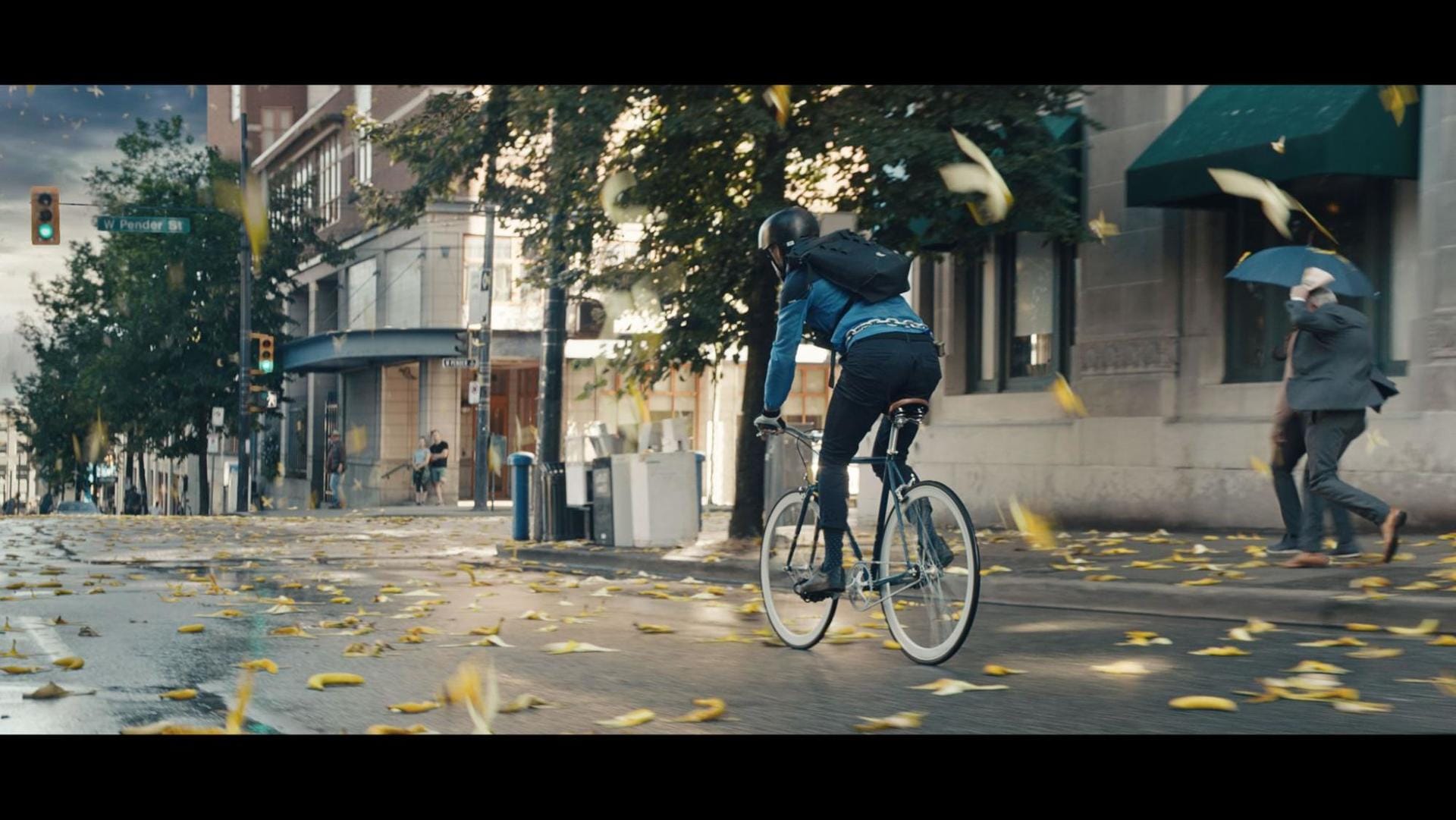
Could you tell us how V-Ray's lighting and materials helped you get the right banana-y look?
RD: The fun thing about this was that all the banana look-dev was done in Maya with a freelance artist before the job started. Once we made the call to move to Houdini, we just exported the shaders as a V-Ray Scene, imported them into Houdini, and they worked perfectly, as expected.
To drive variance of the shades and texture we used the VrayUserscalar attribute combined with parameters from Houdini. This allowed us to control the amount of aging on the bananas, shift the hue of the defuse, the amount of gloss, SSS, bump, and any material quality needed. We had three or four banana models that we manipulated on the FX side. By combining the model variance and shader quality differences, we could generate thousands of different bananas. Technically every banana is unique.
Is there any other CG in the ad that we might not have noticed?
RD: We added a bunch of rain, some on the close-up window transition shot and some in a wide, as well as a few sky replacements and general matte painting.
The Noid Strikes Back.
Bananas aren’t the only foodstuff Artjail works with. As pizza delivery company Domino’s added driverless delivery, it resurrected its 1980s antagonist The Noid for a new advertising campaign. Artjail was required to complete 54,164 frames in two weeks. “I truly don't think we would have got it done without V-Ray,” says Ross.
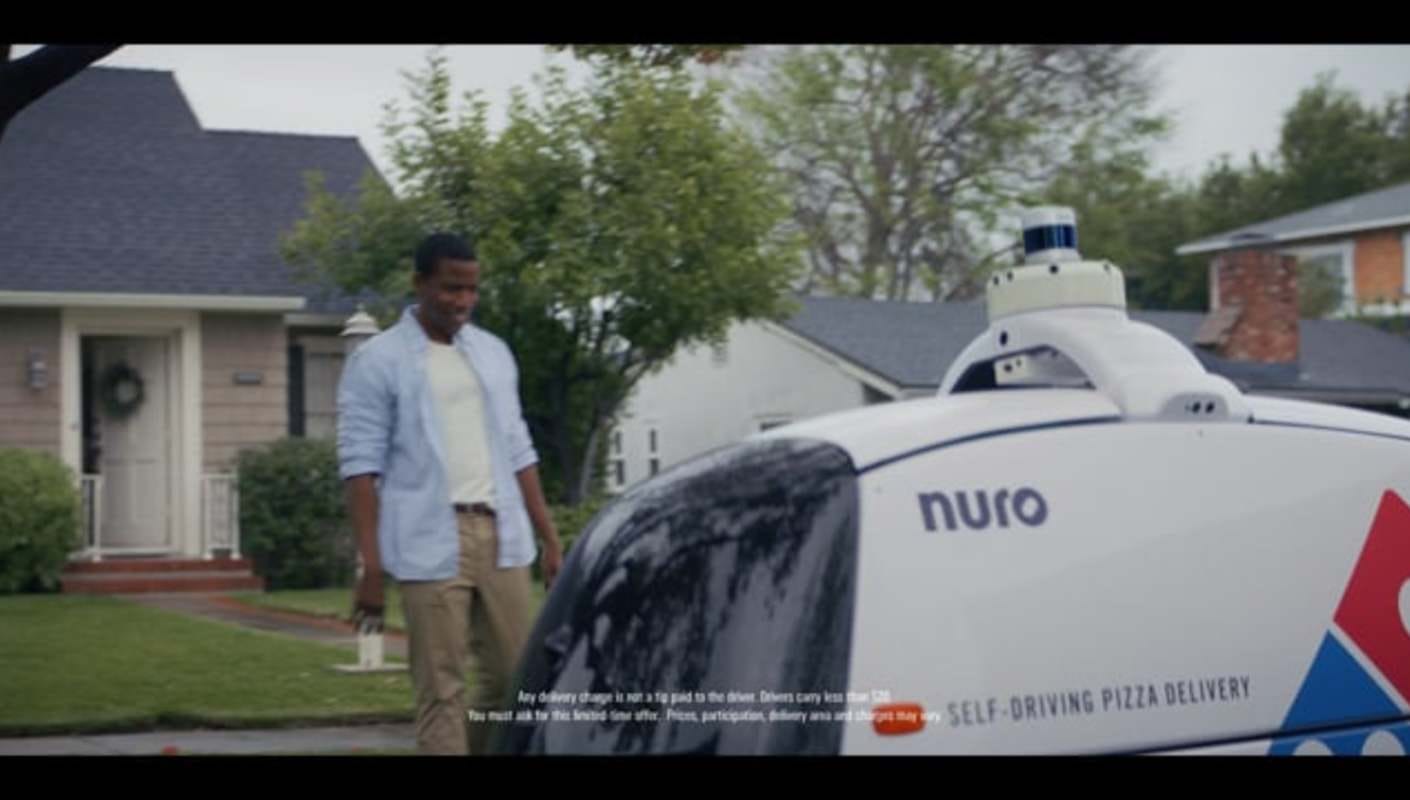

What are you working on next?
RD: At Artjail, we have grown rapidly, which has opened us up for some great creative work. Tech-wise we are opening options for working in the cloud, pushing Houdini more, and by the end of this year, we will be more involved with real production, real-time rendering—and conquering the world!

